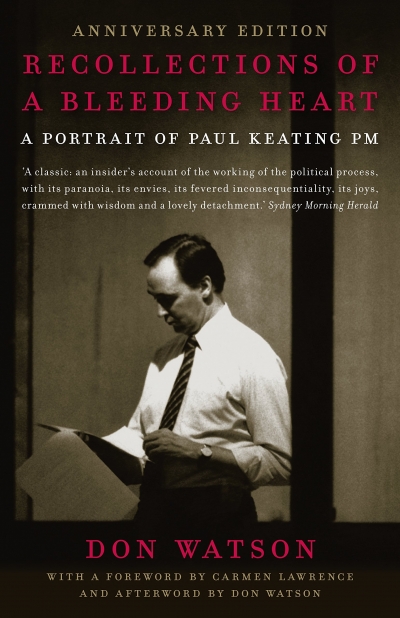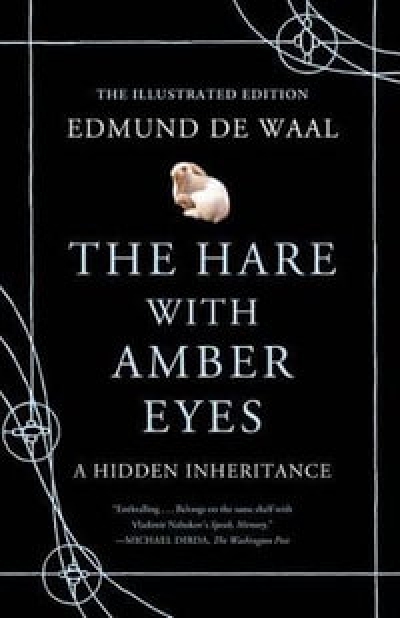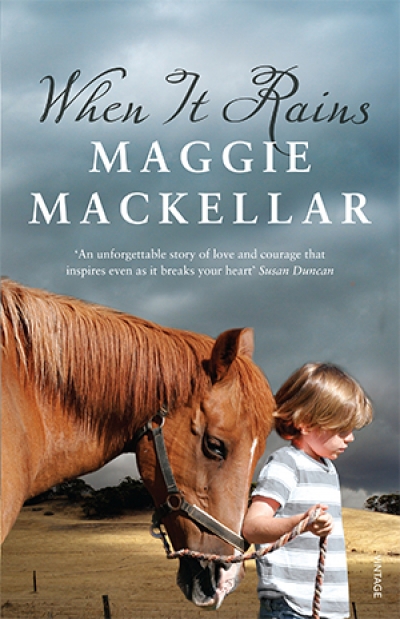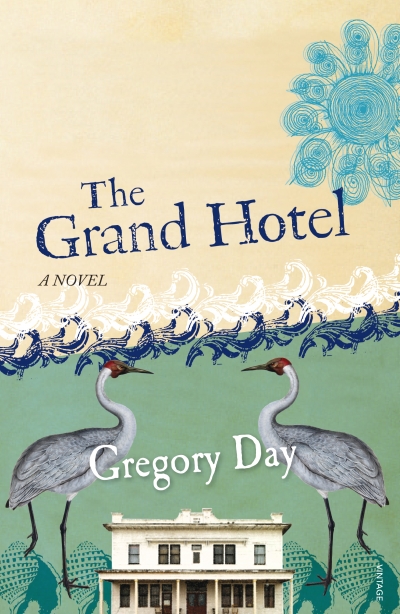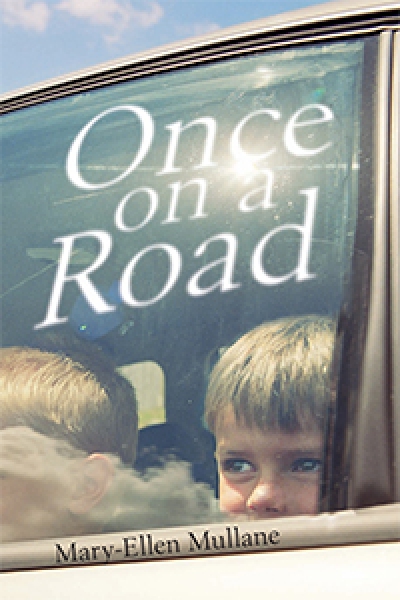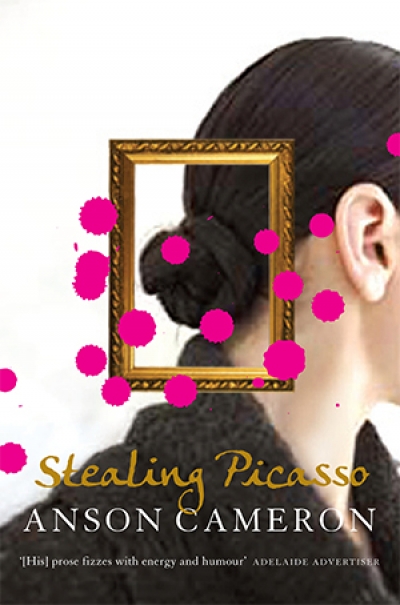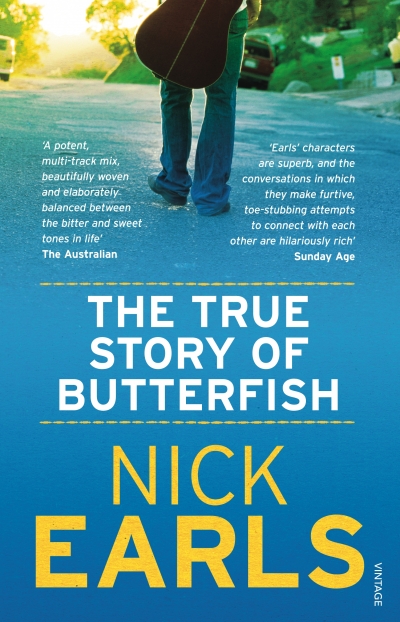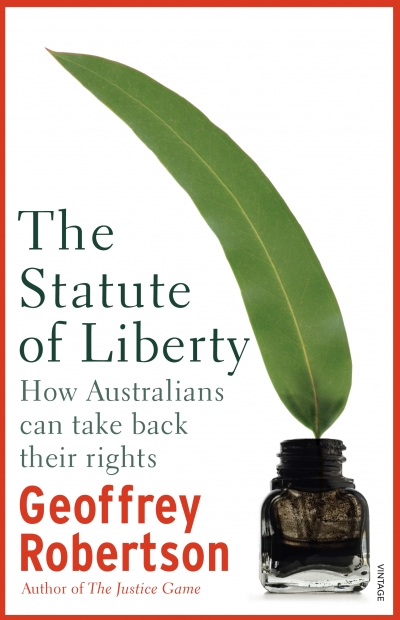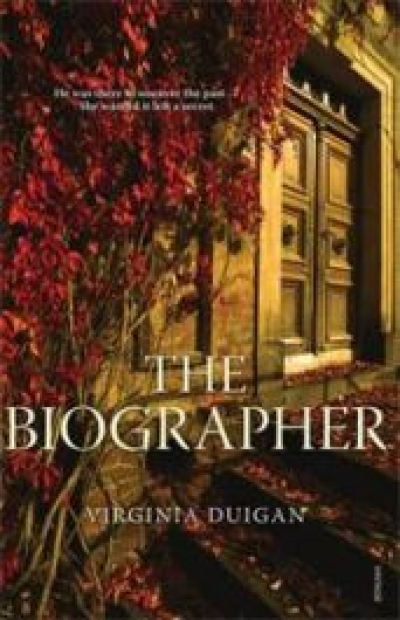Vintage
Recollections of a Bleeding Heart: A Portrait of Paul Keating PM, Second Edition by Don Watson
by Glyn Davis •
The Hare With Amber Eyes: A hidden inheritance by Edmund de Waal
by Angus Trumble •
Crack Hardy: From Gallipoli to Flanders to the Somme, the True Story of Three Australian Brothers at War by Stephen Dando-Collins
by Stephen Mansfield •
Packaging and promotion have always been formidable tools in the marketplace. Once on a Road is poorly served by its sensational back cover blurb, ‘How far would you go to protect your grandchildren from their mother?’ No, this is not a new Stephen King novel, nor is it literary fiction, as its imprint would lead readers to believe.
... (read more)The Statue of Liberty: How Australians Can Take Back Their Rights by Geoffrey Robertson
by Patrick Allington •
If two swallows do not a summer make, two novels, no matter how similar, are no doubt insufficient to start a new literary sub-genre (no matter how ‘sub’). On the other hand, fashion is said to reflect the Zeitgeist; and biography, in this turbulent millennium, has become both favoured and fashionable. Is it possible then that quite soon a small shelf of the loc ...

